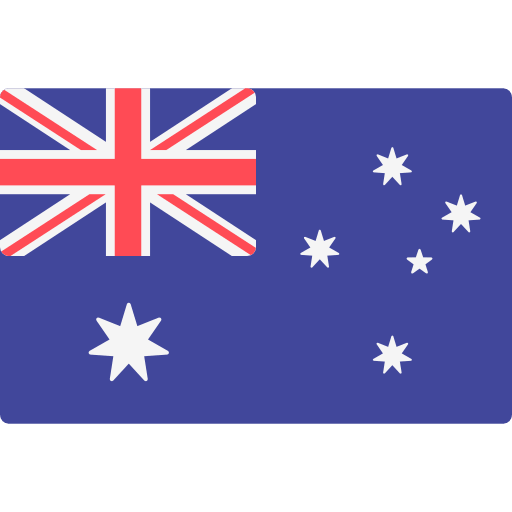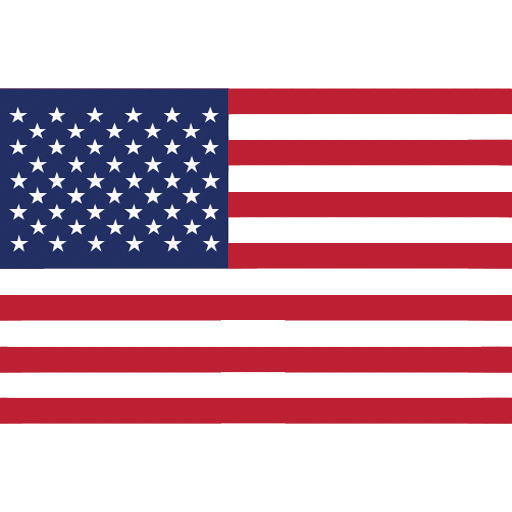ASTM F963 Testing: Frequently Asked Questions
Assembling safety and quality in all toys and hardgoods
First published: July 2025
Ensuring children's safety is a top priority, making it essential for toy manufacturers to understand the regulations governing their industry. ASTM F963-23, the latest version of the Standard Consumer Safety Specification for Toy Safety, sets forth a comprehensive framework of safety requirements and testing methods tailored for toys intended for children under the age of 14.
This article provides a comprehensive overview of ASTM F963-23, covering its scope, mandatory testing and certification processes, and the role of third-party laboratories in ensuring compliance. Whether you're a manufacturer, importer, or retailer, understanding these requirements is crucial for navigating toy safety regulations effectively and responsibly.
What is ASTM F963?
ASTM F963 is the Standard Consumer Safety Specification for Toy Safety, detailing safety requirements and testing procedures for toys intended for children under 14. Compliance with this standard is required by law in the U.S. and is critical to reducing product risks, preventing recalls, and enhancing consumer trust.
The latest version, ASTM F963-23, became effective on 20 April 2024, replacing ASTM F963-17.
Is ASTM F963 testing mandatory?
Yes, testing to ASTM F963-23 is legally required in the United States for any product classified as a toy by the U.S. Consumer Product Safety Commission (CPSC). Under the Consumer Product Safety Improvement Act (CPSIA), all toys must be tested for compliance at a third-party laboratory accepted by the CPSC.
What is CPSIA, and how does it relate to ASTM F963?
The Consumer Product Safety Improvement Act (CPSIA) is a U.S. law that governs the safety of children’s products, including toys. It designates ASTM F963 as the mandatory toy safety standard.
CPSIA also includes requirements such as:
- Limits on total lead content and lead in paint
- Restrictions on phthalates
- Tracking labels for traceability
- Certificates of Compliance (Children’s Product Certificates or CPCs)
What does ASTM F963 cover?
The specification addresses potential safety hazards associated with toys. Key categories include:
- Mechanical hazards: Risks such as sharp edges, points, and small parts that might pose choking or injury hazards.
- Flammability: Evaluation of materials to determine potential combustibility.
- Chemical hazards: Restrictions on hazardous substances, including limits for lead, heavy metals, and phthalates.
- Magnet safety: Addresses ingestion hazards from high-powered magnets
- Sound-producing toys: Limits on acoustic output to prevent hearing damage
- Battery accessibility: Requirements to protect against ingestion and leakage
How do I determine which ASTM Standards apply to my product?
Consult with a CPSC-accepted third-party testing laboratory. Labs like Eurofins can evaluate your toy’s design, materials, and function to determine which parts of ASTM F963 and possibly other regulatory standards apply to your product.
Does ASTM F963 cover all toys?
No, ASTM F963-23 is designed to cover a wide range of toys; however, certain products fall outside its scope. For example, bicycles, non-powder guns, kites, and playground equipment are excluded and are typically governed by other applicable standards or regulations.
Are there any resources available to help understand which sections of ASTM F963-23 apply to my toys?
To achieve compliance, consider the following steps:
- Consult with toy safety experts or a testing company to interpret the requirements relevant to your product.
- Purchase the ASTM F963-23 standard directly from ASTM International to review the specifications.
- Integrate safety requirements into the product design, addressing mechanical, chemical, and flammability risks before production.
- Validate compliance through testing at a lab approved by the CPSC.
What is a CPSC-accepted laboratory?
A CPSC-accepted laboratory is a third-party testing facility that has been accredited to perform testing under specific standards (like ASTM F963) and approved by the U.S. Consumer Product Safety Commission (CPSC). Only these labs are authorised to perform ASTM F963 testing and issue reports that support CPCs.
Important: Ensure the lab’s scope of accreditation specifically includes ASTM F963 testing.
Do I need to perform testing in the United States?
No. Testing does not need to be done in the U.S., but it must be performed at a CPSC-accepted lab, regardless of geographic location.
Many CPSC-approved labs, including Eurofins laboratories in Asia and North America, are qualified to perform ASTM F963 testing globally.
Where can I find a CPSC-accepted laboratory?
Approved laboratories can be found through the CPSC. You can view the list of Eurofins laboratories that are accepted as CPSC testing laboratories.
What should I do with the lab test report?
Use the test report to issue a Children’s Product Certificate (CPC), a mandatory document under CPSIA that declares your product complies with all applicable safety rules.
The CPC must:
- Accompany shipments at import
- Be made available to distributors, retailers, and the CPSC upon request.
The CPC generally includes:
- Product identification details
- Referenced CPSC safety rules or standards (e.g., ASTM F963)
- Names and contact details of the manufacturer or importer
- Testing details, including dates, lab, and location
How long is a test report valid?
Test reports are valid only for the specific production lot or batch tested. If there are material changes, such as new materials, design changes, or new suppliers, retesting is required, and a new CPC must be issued.
To manage this:
- Develop a quality assurance and re-testing plan
- Avoid relying on outdated reports for ongoing production
How can Eurofins Softlines & Hardlines support toy testing in accordance with F963?
Our team of experts is highly knowledgeable about ASTM F963 testing standards and related toy regulations and compliance requirements in the U.S. We offer comprehensive testing services for the ASTM F963 testing standard with a fast turnaround time.
Within the Eurofins Softlines & Hardlines network of laboratories, several laboratories in the U.S. and Asia are CPSC-accepted laboratories authorised to perform ASTM F963 testing, ensuring your toys meet the safety requirements. You can view the list of Eurofins laboratories accepted as CPSC testing laboratories.
Additionally, manufacturers must ensure they meet the latest testing standards. The latest version, ASTM F963-23, has been effective since 20 April 2024, replacing ASTM F963-17. Read our article, ASTM F963-23 Compliance: Navigating U.S. Toy Safety Standards, for more information!
Require ASTM F963 testing for your toys? Contact us today!
























































